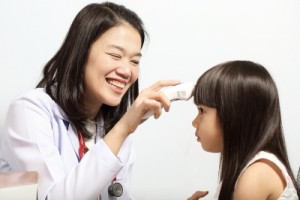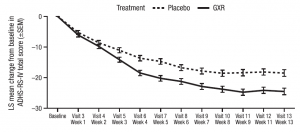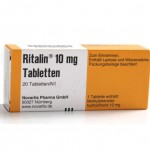How to cover the ever expanding list of important but time consuming screens and counseling topics now recommended at patient well checks has become a real challenge for primary care clinicians. In response, there are beginning to emerge different approaches and models for the delivery of this care. One of them, developed in Los Angeles, is called PARENT and stands for Parent-focused Redesign for Encounters, Newborns to Toddlers. This program involves several components including 1) families working with a non-MD parent coach at each well-visit for about 20 minutes, 2) completion of an online well-visit planner prior to each visits, and 3) periodic health messages delivered via text messages, all of which is designed to allow a child’s primary care physician the ability to have a relatively short problem-focused visit. A recent study in the journal Pediatrics examines some initial quality metrics of this approach.
For this study, two independent pediatric practices encompassing 8 clinicians in the Los Angeles area were examined. Subjects were 251 parents who had a child less than 12 months of age and who were randomized to either the PARENT program or primary care as usual. Of interest were completion rates of various preventative screenings, patient satisfaction, and use of emergency care.
Results showed that indeed Children in the PARENT group were more likely to receive various preventative care measures and screenings and had parents who had more positive impressions of their care. These families were also were less likely to utilize at least 2 emergency department visits during the 12-month study compared to the usual care group (although the rationale for why the bar was set at 2 visits wasn’t well explained and seemed a bit odd).
The authors concluded that initiatives such as the PARENT program are promising in enhancing the delivery of important behavioral screens and guidance and may reduce the cost of emergency treatment. Of note, a full cost analysis wasn’t performed to examine how shifting some components of well-child care away from the physician and towards a health educator or family coach affected the bottom line. It is also important to point out that whether or not actual improvement in child health and behavior occurred was not examined in this study.
Closer to home, a more comprehensive trial is being performed here at the University of Vermont Medical Center in which trained family coaches are meeting with families with young children in primary care offices in an effort to promote wellness and prevent later emotional-behavioral problems. Unlike the Pediatrics study, the Vermont project comes with resources in the form of therapists, mentors, and a child psychiatrist to offer additional interventions for those who could benefit from them.
All of these efforts are valuable in helping primary care clinicians develop strategies that can help them perform the critical early behavioral guidance and interventions that have been shown to improve outcomes and save money in the long run while not creating undue burdens on one’s ever dwindling time.
Reference
Coker TR, et al. A Parent Coach Model for Well-Child Care Among Low-Income Children: A Randomized Controlled Trial. Pediatrics 2016; 137:3, epub ahead of print.









